
“Rolling stop” laws that let bicyclists treat stop signs as yield signs are not dangerous, a new study demonstrates. Both bike riders and drivers perform safely in intersections once they’ve been informed about how the law works, results from lab experiments involving bicycle and motor vehicle simulators show. “The focus of previous research has been crash-data analysis and why riders are motivated to do a rolling stop even when it’s illegal in their state,” said lead researcher David Hurwitz, a transportation engineering professor with Oregon State University. “No one has looked at how well bicycle rolling-stop laws work, or what happens when you educate people about them.” Also known at the “Idaho stop,” rolling stop laws for bicyclists have been approved by eight states, researchers said. Idaho led the way back in 1982, followed by Oregon in 2019 and Washington in 2020. The other states are Arkansas, Delaware, North Dakota, Oklahoma and Utah. The laws allow riders to keep their momentum, theoretically reducing congestion at intersections and crash risk because cyclists move through the stop more efficiently, researchers said. Nearly half of all bicycle-car crashes happen at intersections, Hurwitz noted. In 2022, 1,105 U.S. bicyclists were killed in collisions with motor vehicles, a 13% increase from the previous year. For this study, researchers observed 60 people in pairs as they operated separate bicycle and motor… read on > read on >












-150x150.jpeg)
-150x150.jpg)
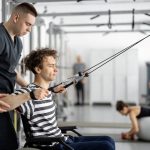
-150x150.jpg)

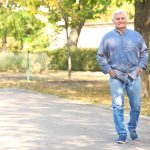

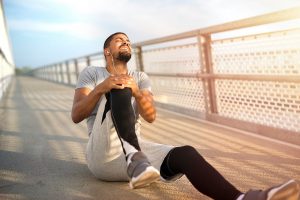
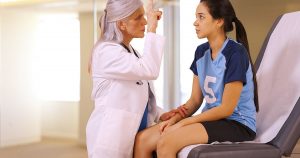






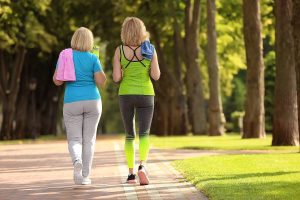










-300x200.jpg)